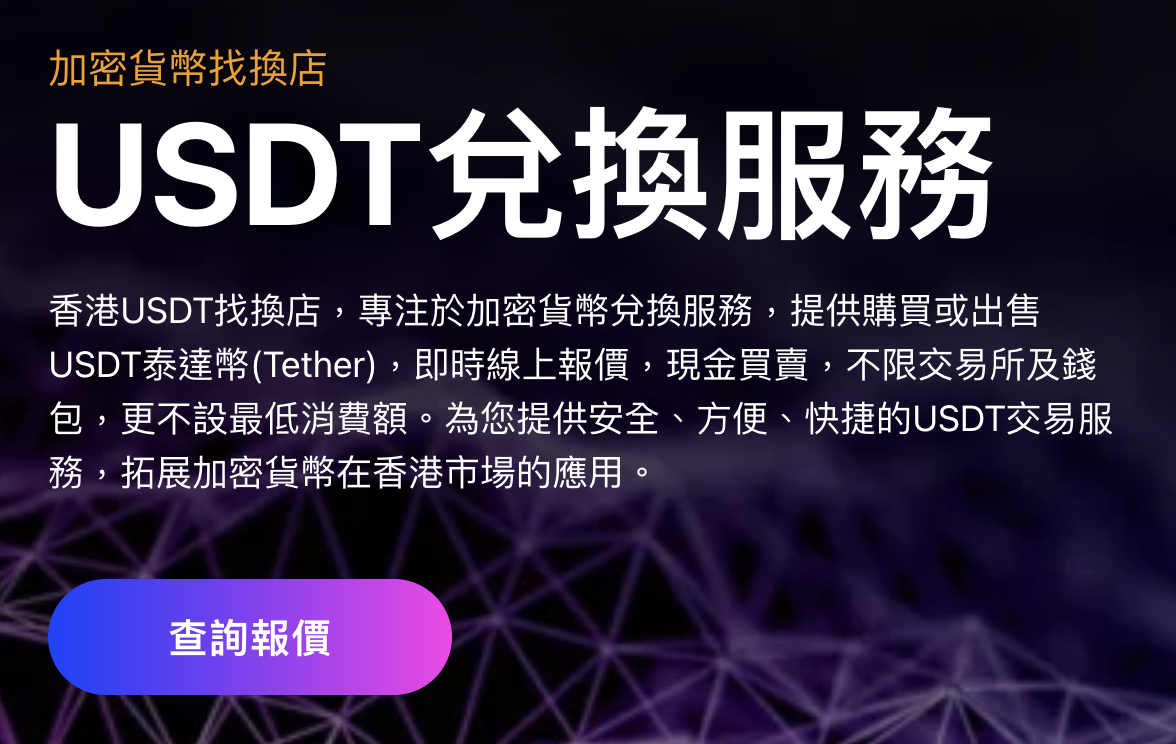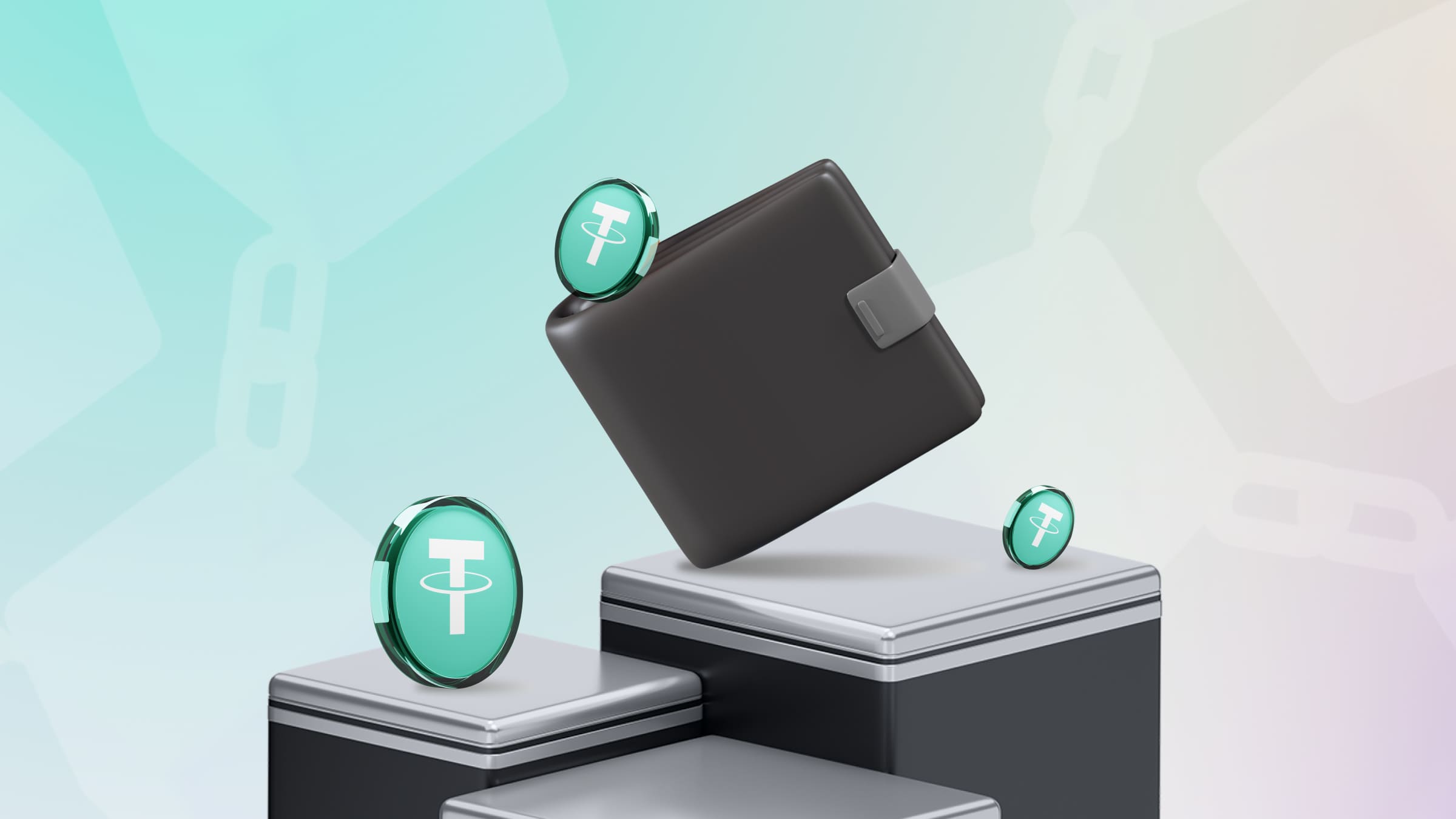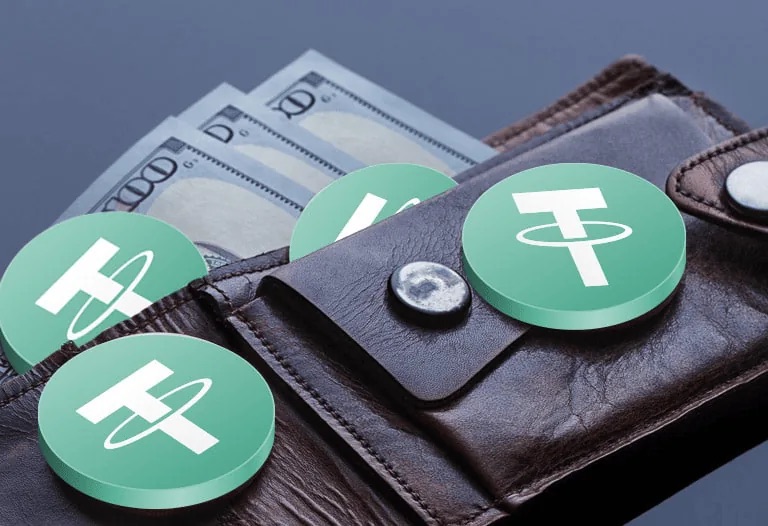USDT exchange limits are a common issue for many users. Improper settings can easily lead to exceeding limits, impacting capital flows. This guide will teach you step-by-step how to optimize your settings, from basic to advanced techniques, to help you manage your trades easily and avoid unnecessary risk. Whether you’re a beginner or an experienced trader, you’ll find practical strategies to ensure smooth and secure trading.
Basic Introduction to USDT Limits
USDT exchange limits are a core regulatory mechanism for cryptocurrency trading. These limits are categorized into two types: single transaction limits and cumulative daily limits. Financial institutions and trading platforms use these limits to mitigate the risks of money laundering and systemic financial crises. Limits set by Hong Kong USDT exchange shops typically consider three factors: account verification level, transaction history, and local regulatory requirements.
The USDT exchange limit for entry-level accounts is generally set at HK$100,000. Intermediate accounts, after completing identity verification, can increase this to HK$500,000. Enterprise accounts, after undergoing business verification, can receive limits exceeding HK$1 million. These limits directly impact users’ USDT trading efficiency and liquidity.
Regulatory compliance requirements are driving all cryptocurrency exchanges in Hong Kong to implement strict limits. The Securities and Futures Commission’s 2023 regulations require virtual asset service providers to establish a risk-based limit system. This system involves real-time monitoring of unusual trading patterns and automatically triggering limit adjustments.
Smart limit systems have become an industry standard. These systems dynamically analyze transaction behavior. Consecutive periods of normal transaction activity may trigger automatic limit increases. Unusual login patterns or large transfer attempts can immediately trigger limit reductions. Users need to understand these mechanisms to effectively plan their USDT to HKD or USDT to RMB transactions.
Detailed steps to set limits
Setting a USDT exchange limit requires four key steps. The first step is account level verification. Users must provide identification documents, proof of address, and a selfie holding their ID. Hong Kong USDT exchange shops typically complete the verification process within 1-2 business days. After verification, the system will allocate a base limit based on the user’s type.
The second step is a risk assessment questionnaire. This questionnaire examines the user’s investment experience, source of funds, and trading purpose. Honestly completing the questionnaire will help you secure a higher USDT exchange limit. The results of the questionnaire will affect your daily transaction limit and the maximum single transaction limit.
The third step is to bind a security device. Enabling two-factor authentication (2FA) is a prerequisite for increasing your limit. Using Google Authenticator or a hardware security key is recommended. Some platforms require binding a dedicated trading phone number to unlock higher USDT OTC trading limits.
The fourth step is to submit proof of financial capacity. Users seeking a credit limit of HK$500,000 or more will need to provide bank statements or proof of assets. These documents are transmitted via an encrypted channel and deleted immediately after verification. Upon completion of all steps, users will receive the following tiered credit limit benefits:
- Level 1 account: Daily trading limit of HKD 100,000 USDT
- Secondary account: daily limit of HK$500,000 and single transaction limit of HK$200,000
- Corporate accounts: Customizable quota plans and dedicated manager connections
Methods for optimizing transaction efficiency
Improving USDT trading efficiency requires a combination of technology and strategy. Timing directly impacts trade execution speed. Peak liquidity in the Hong Kong market occurs between 10:00 AM and 3:00 PM on weekdays. Exchanging USDT for USD or USDT for HKD during this period offers the best prices and fastest settlement times.
Batch transaction processing can significantly reduce transaction time. Instead of performing multiple small transactions, it’s better to consolidate them into a single, large USDT transaction. This reduces transaction fees and simplifies accounting. However, it’s important to note that a single transaction should not exceed 90% of the set limit to allow for exchange rate fluctuations.
Integrating technical tools is an essential skill for modern traders. Use APIs to automate monitoring and execution. Set price alert thresholds to avoid missing ideal exchange opportunities. Professional traders will write scripts to automatically capture the slightest price differences between different Hong Kong OTC trading platforms.
Payment preparation is often overlooked. Confirm the daily limit and processing timeframe for your receiving account in advance. Maintaining multiple bank accounts as backups can help avoid transaction delays caused by system maintenance at a single bank. Cash flow planning should consider T+1 or T+2 settlement cycles; avoid reserving all funds for immediate transactions.
Tips for avoiding overage limits
Avoiding USDT exchange limits requires precise capital planning. Real-time quota monitoring is paramount. Before conducting large USDT OTC transactions, you must log in to the platform to confirm your current available quota. Limits may be temporarily adjusted without notice due to system maintenance or regulatory updates.
Splitting your trading strategy requires careful design. When splitting large transactions into multiple transactions, ensure that the interval between each transaction exceeds the risk control system’s monitoring period. It’s recommended to space transactions at least two hours apart and use different payment methods. Absolutely avoid making consecutive marginal transactions within a short period of time.
Holiday special arrangements are often overlooked. During Hong Kong’s financial market holidays, the USDT exchange limit for RMB or HKD may be automatically reduced by 30%. Applying for a temporary limit increase three business days in advance can avoid transaction interruptions. Corporate accounts can also set up special holiday limit plans.
Establishing a communication mechanism is crucial. Stay in touch with your dedicated account manager and report any large transaction plans in advance. Compliance may require additional documentation of the source of funds; preparing this documentation in advance can expedite the approval process. In the event of unexpected limit adjustments, contact customer service through our official Telegram channel for the fastest resolution.
Practical Strategies for Risk Reduction
USDT trading risk management requires a layered strategy. The most effective way to hedge against price fluctuations is to build positions in batches. Break large transactions into 3-5 operations, each separated by at least 4 hours. This approach can smooth out the impact of exchange rate fluctuations and avoid executing full trades during extreme market conditions.
Counterparty risk is often underestimated. It’s crucial to choose a compliant USDT exchange with a Hong Kong TCSP license. Verify the platform’s cold wallet reserves and insurance coverage. During face-to-face transactions, confirm that the other party’s ID matches their platform registration information.
Operational risk control requires technical support. Use dedicated trading equipment and regularly clear cached data. Always log in to your account through the official website rather than clicking on email links. Before making large transactions, perform a small test transfer to confirm that the entire process is smooth. Record the hash value and the other party’s wallet address for each transaction for future reference.
Liquidity risk management requires a backup plan. Maintain verification accounts on at least two different platforms. Ability to quickly switch to backup channels when the primary platform undergoes maintenance. Reserve 10-15% of funds within the traditional banking system to handle extreme market conditions. These measures ensure the continued exchange of USDT for USD or other currencies.
Advanced Guide to Managing Cash Flow
Professional cash flow management requires a three-dimensional control system. Time-based planning includes daily, weekly, and monthly USDT buying and selling plans. Create an exchange schedule based on cash flow forecasts to avoid periods of low market liquidity. Use a calendar tool to mark important financial dates and limit reset periods.
Currency diversification involves multi-currency allocation. Don’t concentrate all your funds on exchanging USDT for HKD. Instead, allocate a reasonable proportion between USDT for RMB and USDT for USD. This diversification can help mitigate the policy risks and exchange rate fluctuations of a single fiat currency.
Platform-level optimization requires the simultaneous use of three to four compliant trading channels. Each platform sets different authorization amounts and transaction limits. The primary platform handles 80% of routine transactions, while the backup platform handles emergency needs. Regularly compare the fee structures and execution efficiency of each platform.
The cash flow early warning system is the core of advanced management. Set balance limit reminders and abnormal transaction alerts. Trigger a risk review when daily trading volume reaches 150% of the monthly average. Build a decision tree model to address different market scenarios, including emergency plans for extreme market conditions and liquidity crisis management procedures.
Common Problems and Solutions
A sudden limit reduction is the most common trigger for issues. This is usually caused by unusual login attempts or updates to the system’s risk model. The solution is to contact customer service immediately through secure channels. Providing recent transaction records and identification documents can expedite the restoration of normal limits.
Transaction processing delays often occur during periods of significant market volatility. When demand for USDT surges, the system may manually review large transactions. Uploading required documents and whitelisting accounts in advance can reduce the likelihood of delays. Avoid submitting repeated transactions if you encounter processing delays.
Identity verification failure typically occurs after a document is updated. Users who change their ID or passport should promptly update their platform information. It is recommended that the update be completed 30 days before the document expires. USDT OTC trading requests during this period of invalid verification will be automatically rejected.
Credit limit calculation errors may be due to cross-time zone settlement issues. System credit limit resets at midnight Hong Kong time each day, but international settlements may use UTC. If you discover credit limit anomalies, record the specific time and transaction number so our technical team can trace the system logs to identify the root cause.
Summary and Best Practices
Managing USDT exchange limits is a core skill for professional traders. Effective limit utilization improves capital efficiency while controlling risk. Users should maintain a personal limit usage profile, documenting the reasons and effects of each limit adjustment. Regularly review trading patterns to ensure they align with the platform’s risk model preferences.
Compliance is the foundation for maintaining high limits. Always provide authentic transaction background information and proof of source of funds. Avoid related-party transactions with unknown third parties. Keep your identity documents and contact information up-to-date to ensure smooth communication channels.
Proper use of technology tools can automate limit monitoring. Set up limit utilization alerts and automated quote fetching. Use encrypted communication channels to maintain efficient communication with your account manager. Pre-configure backup trading plans to handle unexpected situations.
Long-term limit increases require establishing a track record of trust. Maintain a stable trading frequency and a history of compliant operations. Actively cooperate with regulatory due diligence. As your account ages, the system will gradually increase your USDT exchange limit. Professional investors should develop a 12-month roadmap for limit increases.







